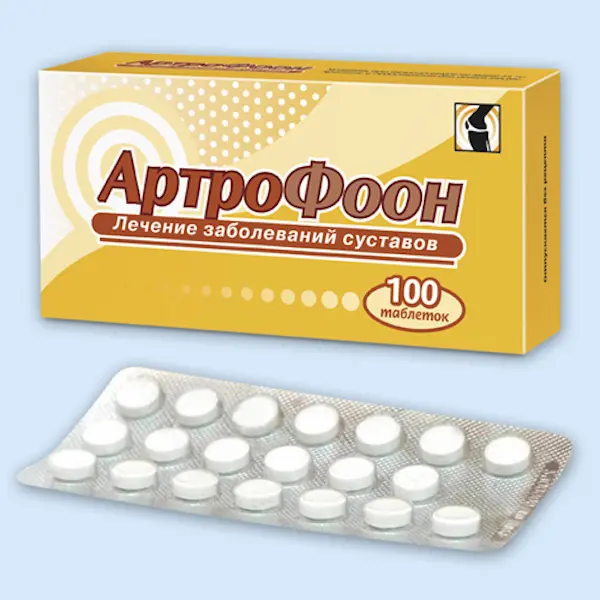Description
Orthofen Pharmacodynamics
The active ingredient diclofenac is a non-steroidal anti-inflammatory agent with pronounced analgesic, anti-inflammatory and antipyretic properties. By indiscriminately inhibiting cyclooxygenase type 1 and 2, it disrupts the metabolism of arachidonic acid.
Diclofenac is used to relieve pain syndrome and reduce swelling associated with inflammation.
Due to its water-alcohol base, the drug has a soothing and cooling effect.
Indications
– Back pain in inflammatory and degenerative diseases of the spine (radiculitis, osteoarthritis, lumbago, sciatica);
– joint pain (finger joints, knee joints, etc.) in osteoarthritis;
– Muscle pain (due to sprains, strains, bruises, injuries);
– Inflammation and swelling of soft tissues and joints due to injuries and rheumatic diseases (tendovaginitis, bursitis, periarticular lesions, wrist syndrome).
Contraindications
– Hypersensitivity to diclofenac or other drug components;
– susceptibility to bronchial asthma, Quincke’s edema, urticaria or acute rhinitis when using acetylsalicylic acid or other NSAIDs;
– Pregnancy (III trimester);
– Breast-feeding period;
– Children under 12 years of age;
– Disruption of the integrity of the skin at the intended site of application.
Caution
Hepatic porphyria (acute condition), gastrointestinal erosive and ulcerative lesions, severe liver and renal dysfunction, chronic heart failure, bronchial asthma, advanced age, pregnancy (I and II trimester).
Administration during pregnancy and lactation
Due to the lack of data concerning use of diclofenac in pregnant women, it is recommended to use the drug during I and II trimester of pregnancy only by prescription and comparing the benefits for mother and risks for fetus.
The drug is contraindicated in the third trimester of pregnancy due to the possibility of decreased uterine tone, impaired renal function of the fetus with subsequent development of oligo and/or premature closure of the fetal arterial duct.
Due to the lack of data on the penetration of diclofenac into the breast milk, the use of the drug during breast-feeding is recommended only by prescription, comparing the benefit to the mother and the risk to the fetus. If use of the drug is still necessary, it should not be applied to the mammary glands or to a large area of skin and should not be used for long periods of time.
There are no data on the use of diclofenac and its effect on fertility in humans.
Directions for use and dosages
- Externally.
- It is applied 2 times a day (every 12 hours, preferably in the morning and in the evening) to adults and children over 12 years of age, massaging gently into the skin.
- The necessary amount of the drug depends on the size of the painful area. A single dose of the drug is up to 2 g (about 4 cm with the tube neck fully open). If your hands are not the localized area of pain, they should be washed after applying the drug. Duration of treatment depends on the indication and the observed effect (to enhance the effect the gel can be used together with other diclofenac dosage forms). The drug should not be used for more than 14 days in post-traumatic inflammation and rheumatic diseases of soft tissues. If after 7 days of use the therapeutic effect is not observed or the condition worsens, you should consult a physician.
- Aluminum tubes:
- Before first use, the protective membrane of the tube should be pierced with a special protrusion on the outside of the polypropylene screw cap.





